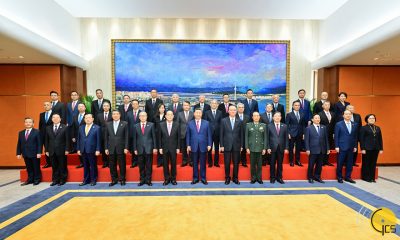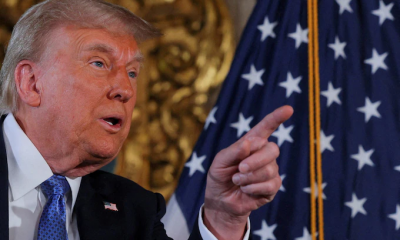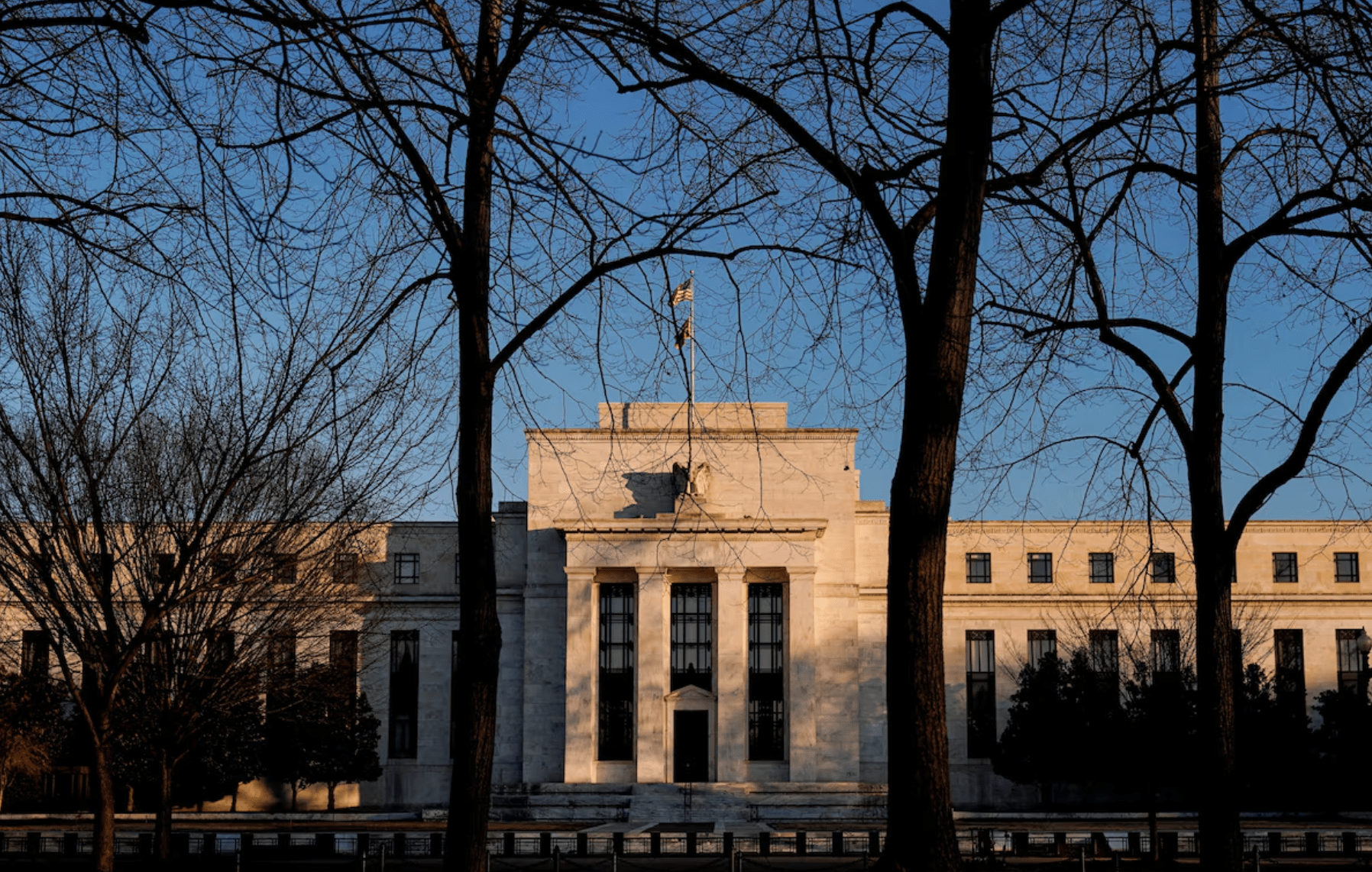U.S. and its allies impose sanctions against China and related technology companies, and this situation continues increasingly. Finally, besides Washington, London and Ottawa also took steps to corner Beijing.
The Federal Communication Commission (FCC) has banned the sale and import of telecommunication equipment from Huawei and ZTE in the U.S., citing concerns over “national security”. Companies to be affected by the new ban include Hytera Communications, Hangzhou Hikvision Digital Technology and Dahua Technology.
“Today, the FCC takes an unprecedented step to safeguard our networks and strengthen America’s national security,” Republican Brendan Carr, the FCC’s commissioner, said on Twitter. Stating that the decision was taken unanimously, Carr noted that for the first time in FCC history, the authorization of new equipment was prohibited on the basis of national security concerns.
The FCC voted on the order of the Secure Equipment Act signed by US President Joe Biden on November 11, 2021. The law authorises the FCC to block equipment sales by companies that pose “unacceptable national security risk”. FCC commissioner Carr had previously said that the U.S. government should ban TikTok, a social media giant owned by Chinese ByteDance.
Huawei and ZTE are one of the world’s largest suppliers of telecom equipment. Along with the U.S., Australia, Britain and Canada have also taken action against Chinese technology companies, especially Huawei. These countries had banned Huawei from supplying 5G infrastructure.
UK’s fear of cameras
The United Kingdom, an ally of the United States on the opposite side of the Atlantic, has also taken a new step and expanded its sanctions against China.
As a result of the government’s assessment of “security threats”, it was decided to restrict Chinese-made surveillance systems in “sensitive sites”, including government offices.
“In light of the threat to the UK and the increasing capability and connectivity of these systems, additional controls are required”, a key figure in the Conservative Party, Cabinet Office Minister Oliver Dowden told parliament. Dowden said the banned cameras would cover the companies subject to the national intelligence law of the People’s Republic of China.
Government departments have been advised to remove Chinese surveillance equipment. The advice suggest government departments should consider removing Chinese-based equipment outside “sensitive sites.”
The usual suspects in the UK are Chinese surveillance equipment companies Hikvision and Dahua. Speaking to Politico, a Hikvision’s spokesperson told the company cannot transmit data from end-users to third parties, does not manage end-user databases, or sell cloud storage in the U.K.
Canada’s new Indo-Pacific strategy targets China
The United States’ northern neighbour has released the long-overdue strategy document. The plan focuses on policies in the Indo-Pacific and China is at the centre of the document.
“When it comes to our engagement with China, we’re clear: it’s about protecting our national interests without compromising our values,” said Canadian Foreign Minister Mélanie Joly, who participated in a television show.
Joly said that they will compete with China when they are obligated, and will cooperate when they are obligated. Joly cited climate change, pandemic measures and nuclear disarmament.
The strategy document sets out tasks such as repelling foreign interference on Canadian territory, protecting Canada’s access to the Chinese market, and resisting unilateral steps that would disrupt the status quo in Taiwan, the East and the South China Sea.
The document describes China as an “increasingly destructive global force” and underlines that Canada will act together with its regional and global allies, including the US.
The document says Canada plans to increase its naval force in the Indo-Pacific region, including the deployment of intelligence and security forces. The new strategy says China will stand up to Beijing in the event of human rights violations, damaging the national security of Canada or its allies in the region.

 EUROPE1 week ago
EUROPE1 week ago
 OPINION2 weeks ago
OPINION2 weeks ago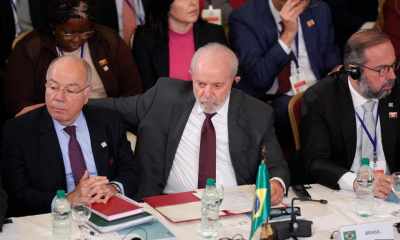
 OPINION1 week ago
OPINION1 week ago
 DIPLOMACY2 weeks ago
DIPLOMACY2 weeks ago
 OPINION2 weeks ago
OPINION2 weeks ago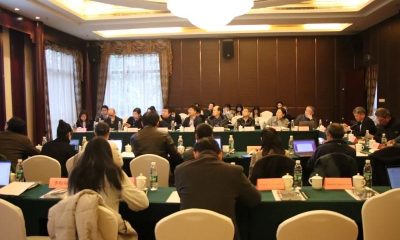
 ASIA1 week ago
ASIA1 week ago
 MIDDLE EAST1 week ago
MIDDLE EAST1 week ago
 MIDDLE EAST2 weeks ago
MIDDLE EAST2 weeks ago


